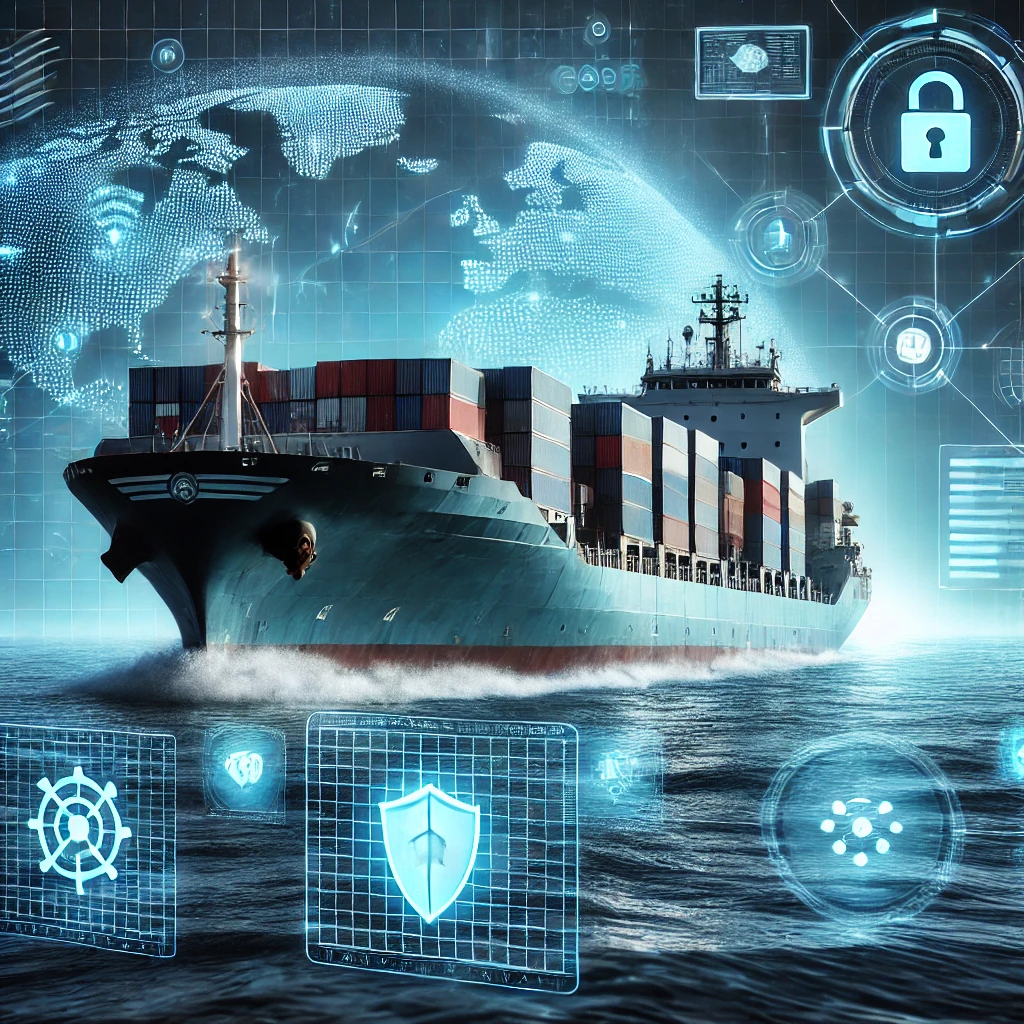A new network of high-speed mobile data connectivity off the coast of Plymouth will put the SW at the very forefront of marine innovation.
Plymouth’s Marine Business Technology Centre (MBTC) has been awarded £1.8 million of grant funding for the network from the Heart of the South West Local Enterprise Partnership’s (HotSW LEP) Growth Deal Digital Extension 2020 programme.
The funding will be used to build a cutting edge communication system as part of the MBTC’s Smart Sound Plymouth testing and proving ground, known as Smart Sound Connect. This will be the UK’s first 5G testbed for marine innovation, providing high speed communications on the water and connecting the existing network of sensors, which includes scientific data buoy networks and autonomous vessels.
The MBTC is a partnership between Plymouth City Council, Plymouth Marine Laboratory, the University of Plymouth, the University of Exeter and the Marine Biological Association. Based in Plymouth’s Oceansgate marine Enterprise Zone, it was set up to offer support to businesses in the region working within the marine and maritime sector, facilitating innovation in the industry.
The network will build on the centre’s existing offer, providing high speed connectivity across Plymouth Sound and 20 miles of surrounding coastal waters, covering the entire area of Smart Sound Plymouth. This provides a state-of-the-art platform with military-grade secure connectivity, where businesses and organisations can run trials of new autonomous assets and other facets of innovative marine technology.
Use of Smart Sound Connect will be free to eligible businesses, putting Plymouth at the very forefront of marine and maritime innovation and giving local marine industry partners the ability to develop and deliver advanced marine technologies. It offers a wealth of possibilities, enabling the development of new technology for smart ports and shipping, clean propulsion, green ports and environmental management.
Minister for Regional Growth and Local Government Simon Clarke MP said: “I am pleased to confirm the Government’s £1.8 million investment from the Local Growth Fund into this innovative project.
“The marine science and maritime industries are vital for Plymouth and so it’s fitting that the Marine Business Technology Centre will use this funding to develop this cutting edge technology, creating new jobs and bringing wider benefits to the region.”
Karl Tucker, Chair of the Heart of the South West Local Enterprise Partnership said: “The latest of our innovative Growth Deal projects to launch is Smart Sound Plymouth. With our £1.8m investment, the Marine Business Technology Centre can create a UK first at the country’s only Marine Enterprise Zone, firmly establishing the Heart of the South West as a leading marine business location on the global stage.
“Digital Connectivity is integral to our Route Map to Recovery as we move towards a clean, green and blue economy.”
The aim of Smart Sound Plymouth and the MBTC is to deliver a leading national facility for the development and proving of advanced marine technologies. There has been significant investment over the last year, including the addition of one of the most sophisticated scientific buoy platforms in the world and the L3 Harris C-Worker 4 unmanned surface vessel which can be used for advanced trials. The new network connects these assets, while also offering capacity for third party platforms to use it.
Council Leader Tudor Evans OBE said: “As Britain’s Ocean City, Plymouth has established itself as a globally recognised centre of excellence for marine innovation and this new development cements our reputation. To put it simply, the network offers businesses a unique space to develop impressive new technologies in a huge variety of sectors – the possibilities are almost endless.
“The marine and maritime industry is incredibly important to our city, especially as we recover from this period of unprecedented economic shock and implement our recovery plan, Resurgam. This technology will enable the creation of up to 100 high-value jobs, which is really brilliant news and will play an important role in building a better future for Plymouth.”
Rob Watson, MBTC Director said: “Securing the funding for this network is a very significant step for the Marine Business Technology Centre and our partners. This will be the first 5G testbed focussed purely on smart marine technologies and, with the support of our research partners, we are now able to offer an enhanced end-to-end innovation service that rivals the best in the world.”
Dr James Fishwick, Head of Smart Sound Plymouth, Plymouth Marine Laboratory, said: “Plymouth has a strong heritage in marine science and technology and is home to a critical mass of both academic and industry leading organisations. This coupled with the natural marine environment, which is ideally suited to facilitate a diverse set of trials, provides us with a unique offer to the UK and international marine and maritime sectors.
“It has taken considerable effort to get to this stage and it is very rewarding to see the aspirations of Smart Sound come to fruition for the benefit of UK industry, academia and government.”
For more information about Smart Sound Plymouth, please visit www.smartsoundplymouth.co.uk and for the Marine Business Technology Centre, see www.marinebusinesstechnologycentre.co.uk.








